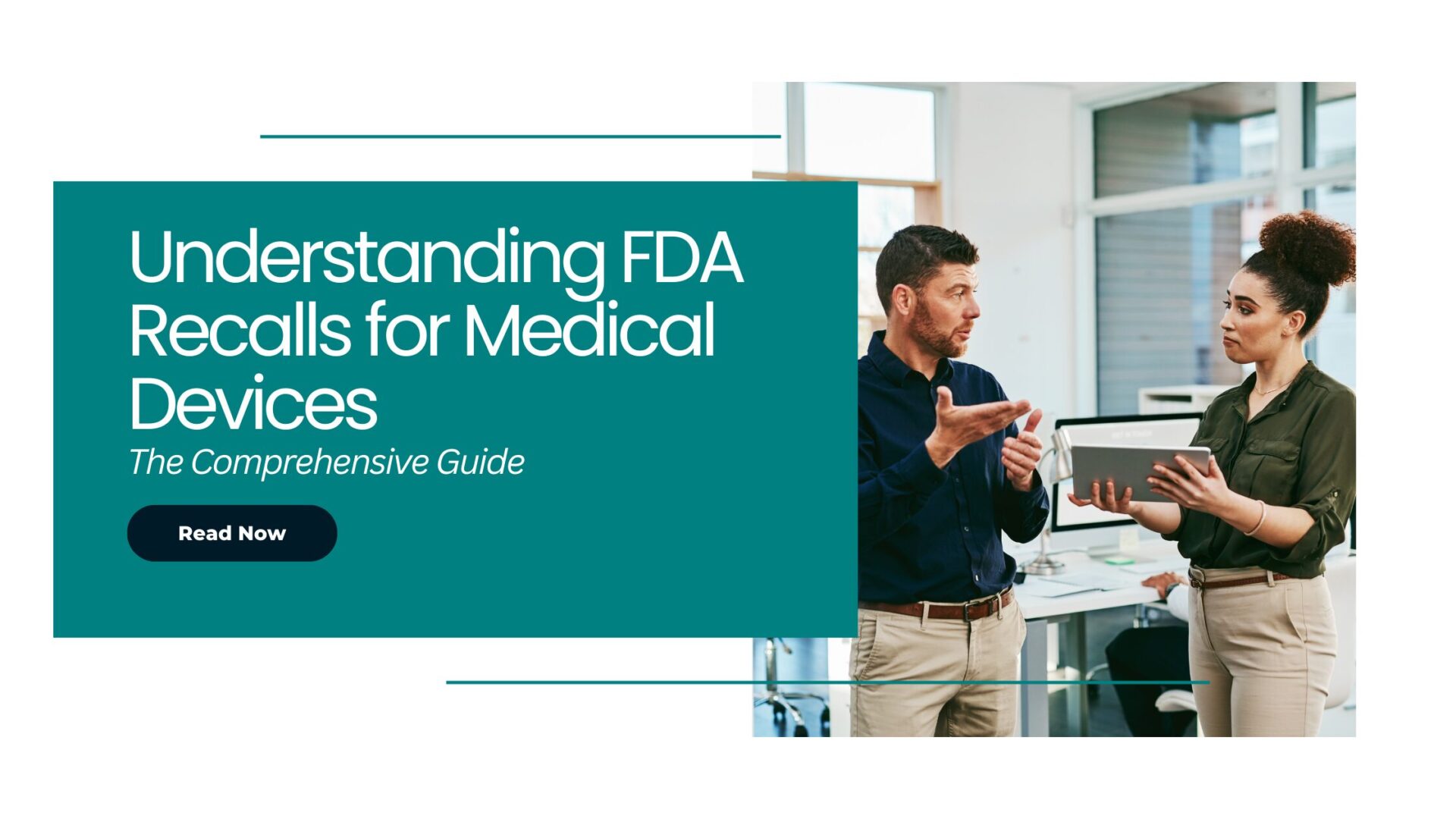Applying for a CE Marking or have one already?
In both cases, CER would be created or updated as per MEDDEV 2.7/1 Revision 4 (June 2016).
Non-compliance to this new revision of the MEDDEV will cause difficulty in getting a CE Mark and if you already have one, it will be put on Hold.
Today, we are going to share some common pitfalls that might result in non-compliance.
Common pitfalls resulting in non compliance
1. Insufficient qualification of Evaluator:
Your CER Evaluator should have experience of 10 years, preferably with a similar device or in the clinical area of application. This is one of the common issues that most companies face.
Along with checking the qualifications of your evaluator, you must make sure that the evaluator signs a declaration statement declaring no conflict of interest is there.
Another common issue that leads companies to CE non-compliance is they do not ensure that the author and the evaluator are two different people.
Although the author and evaluator should be different people, the qualification requirements are mostly for the evaluator who finally signs off on the CER.
This person is typically someone with 10 years of documented professional experience or 5 years with a degree from higher education.
2. Unsubstantiated equivalence:
Equivalence with preexisting CE Marked devices should be one-on-one. If any difference exists, it must be justified that it has no impact on safety. This is often done by leveraging literature surveys, clinical studies, or established scientific principles or clinical practices.
Several companies face challenges in preparing the right equivalence evidence, causing non-compliance.
A detailed study of the competitors and how your Manufacturer’s device relates to them is the key here. This is the stage where you must hire a professional like we have in Elexes for assistance.
3. Missing RBA:
Another fold of CER that most companies find challenging is submitting proper RBA.
A Risk-Benefit Analysis (RBA) allows the Manufacturer to adopt a holistic approach to medical device safety.
Individual RBA and overall RBA need to be tied in with the CER and it is important to demonstrate that risk has been lowered.
As Far As Possible (AFAP) is also required per ISO 14971:2012.
A comprehensive risk assessment and RBA uncover the risks that regulatory bodies can raise as a concern for the device so that the Manufacturers can preemptively address those risks through the CER.
Finally, thorough risk documents result in a quick CER.
4. Superficial utilization of post-market data:
Several regulatory databases like FDA MAUDE or the European Database on Medical Devices (EUDAMED) should be fully studied and utilized to gather the performance of these or similar devices in the market when writing the CER.
If the product has been sold in different countries, the complaint database should also be utilized.
Since these are regulatory intelligence databases, regulatory authorities do tend to refer to this data and can ask questions about the common issues observed, which when studied properly can be used for preparing a strong CER.
While it might seem easy many times medical device companies face this as a challenge.
Bottom Line
The CER is a live document and should be updated with the risks associated with the use of the device as Manufacturers become aware of them at the post-market stage.
Elexes helps medical device manufacturers, aspiring for CE marking, by creating an organized Technical File of which a comprehensive Clinical Evaluation Report (CER) is a critical part. For any questions/comments please write to connect@elexes.com.





















